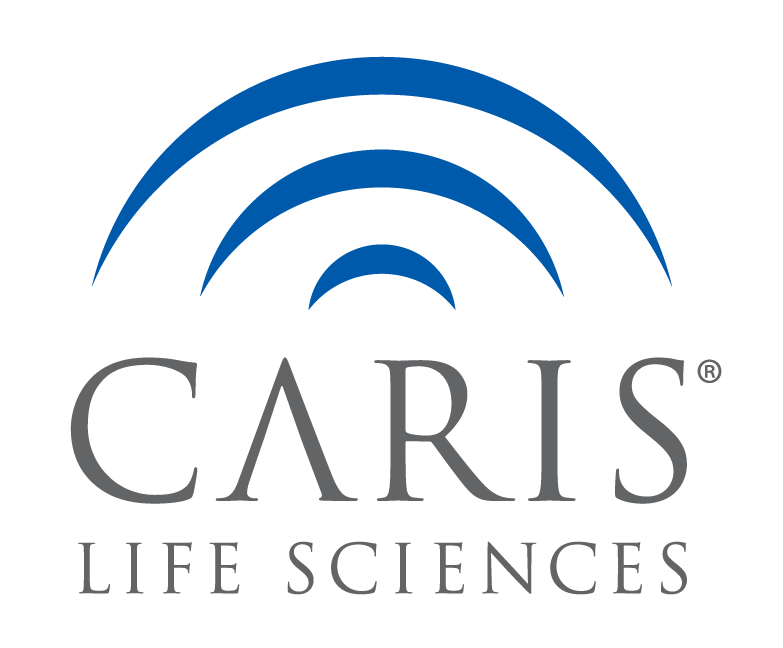Abstract
Background
Trastuzumab deruxtecan (T-DXd) and sacituzumab govitecan (SG) are antibody-drug conjugates (ADCs) increasingly used in HER2-negative breast cancer. We hypothesized that treatment benefit would vary across HER2-null, HER2-ultra-low, and HER2-low subgroups of HER2-negative breast cancer patients. We also aimed to study the clinical impact of different sequencing of the two ADCs.
Methods
We analyzed a large, real-world cohort of 4,030 HER2-negative breast cancer specimens from patients treated with T-DXd or SG. Tumors underwent molecular profiling including HER2 status (IHC, CISH) and hormone receptor (HR) status (IHC) at Caris Life Sciences (Phoenix, AZ, USA). Real-world clinical data were obtained from insurance claims and analyzed by Cox proportional hazards.
Results
HER2-low, HER2-ultra-low, and HER2-null cohorts treated with T-DXd had decreasing time-on-treatment (TOT; 4.8, 4.1, and 3.5 mo., respectively, P < 0.001), while HER2 status had little impact on SG TOT (3.0, 2.8, and 3.4 mo., respectively). Patients with HR+/HER2-negative tumors showed longer TOT when treated with T-DXd only (n = 1,049) than with SG-only (n = 453), even in the HER2-null subset (P < 0.001). In all HER2-negative patients treated with both ADCs, T-DXd-first (n = 547) or SG-first (n = 432) showed no cumulative TOT difference (10.4 vs. 10.8 mo., P = 0.356); however, the HER2-null subset showed preference for SG-first and this was restricted to the HR- subset [TOT: 11.7 vs. 7.4 mo., hazard ratio = 0.478 (95% CI: 0.333–0.685), P < 0.0001; OS: 19.7 vs. 11.8 mo., hazard ratio = 0.478 (95% CI: 0.303–0.756)].
Conclusions
Analysis of this large real-world dataset allowed interrogation of T-DXd and SG benefit and treatment sequencing across HER2-negative subsets, providing important clinical insights into two widely used ADCs in breast cancer. We demonstrate improved relative outcomes associated with T-DXd in HR+ tumors across all HER2-negative subgroups and comparable benefit of the two ADCs in TNBC. Sequencing preference was seen in HR−/HER2-null patients only, favoring SG-first for TOT and OS. These findings warrant further validation in independent cohorts.

